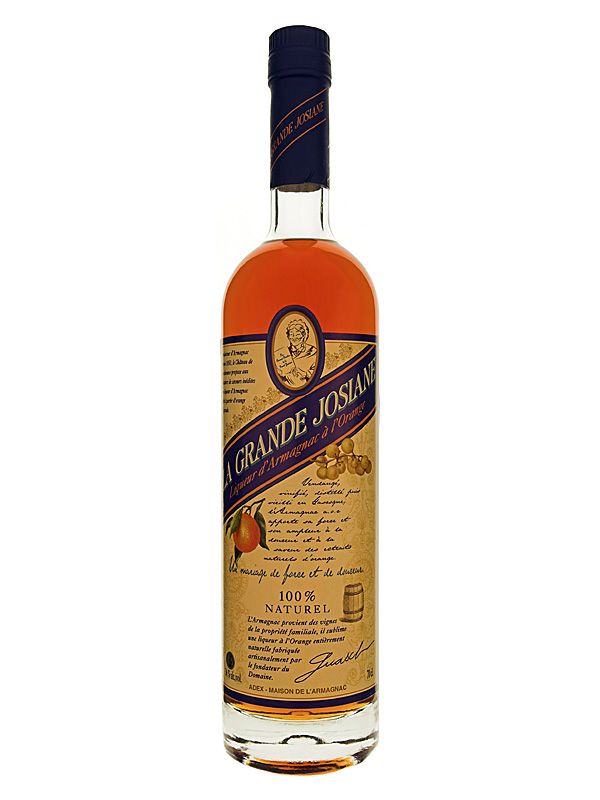Liqueur
Showing the single result
A liqueur is made from an eau de vie that has been distilled and then flavoured with macerated fruits, cream, herbs, spices, flowers or nuts. Most liqueurs range between 15% and 55% alcohol by volume. Often served with or after dessert, they are typically heavily sweetened and not aged. They do have, however, a resting period during production which is necessary for the flavours to mingle. The French word liqueur is derived from the Latin liquifacere, which means “to dissolve”. In some parts of the United States and Canada, liqueurs may be referred to as cordials, or schnapps.
Specialist Liqueurs are historical descendants of herbal medicines, made in Italy as early as the thirteenth century. One well-known version is Chartreuse, a French liqueur available in both green and yellow versions that differ in both taste and alcohol content. The yellow version is the rareist of the two. Named after the monks’ Grande Chartreuse monastery, located in the Chartreuse Mountains in France, it is produced in their distillery. Chartreuse is composed of distilled alcohol aged with 130 herbs, plants and flowers. It is one of the handful of liqueurs that continue to age and improve in the bottle. Bénédictine is also a herbal liqueur produced in France. Flavoured with some twenty-seven flowers, berries, herbs, roots, and spices, it was developed by wine merchant Alexandre Le Grand in the nineteenth century; not the Benedictine monks as widely reported.
Some liqueurs are prepared by infusing certain woods, fruits, or flowers in alcohol and adding sugar or other items. Others are distilled from aromatic or flavouring agents. Anise and Rakı liqueurs have the property of turning from transparent to cloudy when added to water; this is known as the ouzo effect. Today liqueurs are produced the world over, commonly served straight, over ice, with coffee, in cocktails, and used in cooking.

